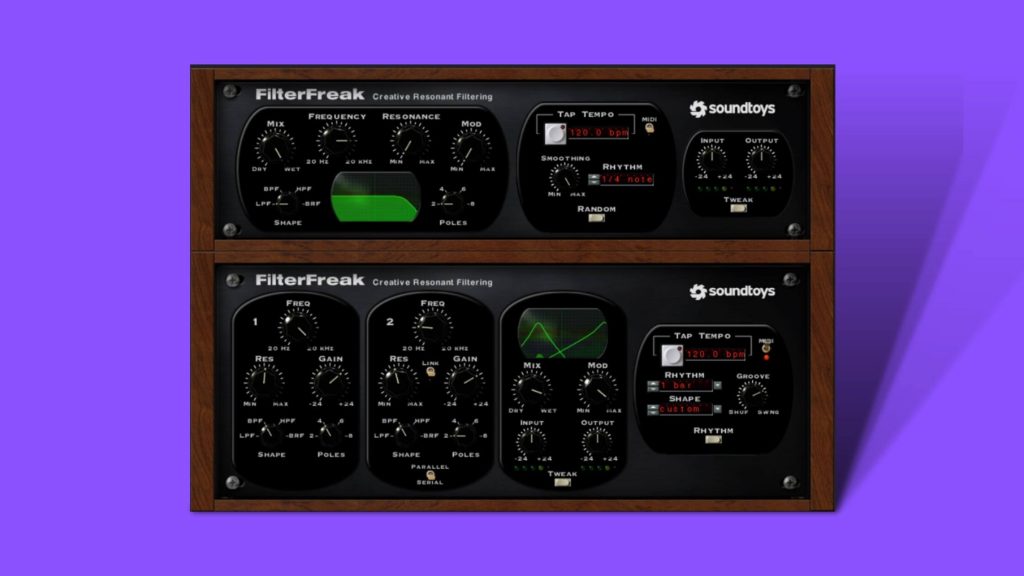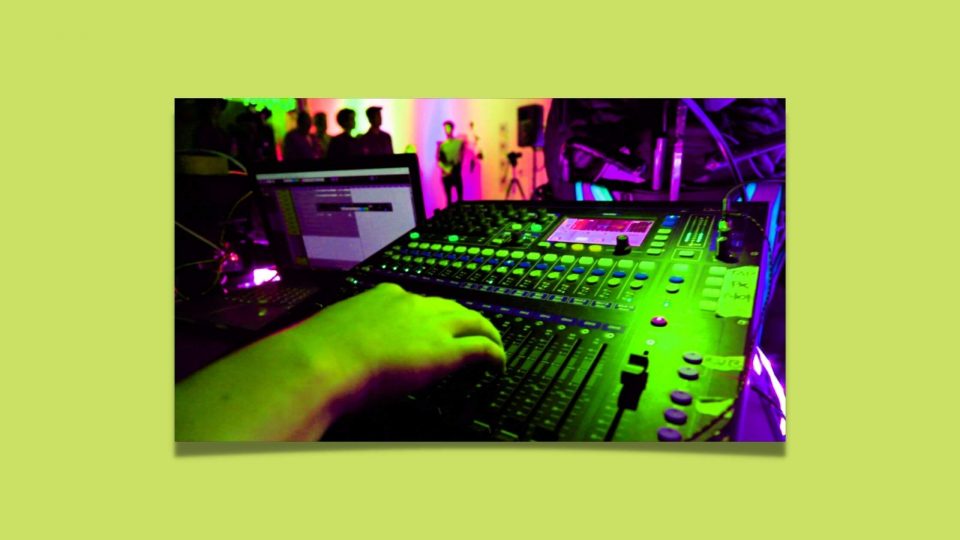Top 7 Ways to Use Filters That’ll Juice Up Your Music
Filters can be creatively and purposefully used to define and accentuate elements of your music. They can add movement, cut additional harmonics and tidy frequency groups. Both high and low pass filters can perform in this way, so we’re going to explore our favourite uses of filters!
Low Pass: Reduce Instruments Crashing With One Another
If you need to create space between elements, look to your filter for the answer.
Apply a low pass filter to an instrument that’s hogging too much frequency space in the high. Instruments that hog this kind of unneeded space can range from vocal layers and pads to sweeping layers that add some groove.
Using a lot of these almost “filler” elements can create a very cluttered stereo field. Rather than cut and boost frequencies with an EQ (which I know I tried when I first started out), the use of a filter to reduce the amount of high-end space on independent elements will dramatically tidy up your track!
If you have a cluttered track, that means there are channels that feature unneeded frequency bands. In other words, another element will use that space so your channel of concern doesn’t need to! Experiment with filter applications on different channels until you get a more defined and polished mix!
This can also be applied to clashing vocals. The more vocal layers you add, the harder everything becomes to hear.
That’s why we recommend placing a low pass filter on any background vocals that you feature. This will stop them from competing for the same frequency bands and the background vocals will be more of support (like they’re supposed to be).
If you’re in the market for some backup vocals, you’re in the right place. Mixxed has thousands of samples from vocals to percussion loops and one-shots for you to get your ears dirty!
High Pass: Define Your Vocals and Remove Rumble
Vocals, most of the time, are there to keep the listener locked. This makes them pretty important, right?
In the same way that you’d use a low pass to remove unwanted sibilance, you can use a high pass to eradicate low-end rumbles that your mic may have picked up during the recording process and any muddiness from the vocals themselves. Remove anything below 100Hz to compensate for a vocalist that may be too close to the mic (and the surrounding environment if you’re not recording in a professional studio)!
Always be cautious of the fundamental frequency of the vocals. You don’t want to be applying so much filter that you’re removing the tonal qualities that bring character to the track as well as the vocals!

Low Pass: Use a Filter to Create Depth
We know how time-based effects like reverb, delay and chorus can create depth in your mix – but let’s see how reverb chimes in on this party bus!
As you know, we perceive quieter sounds as further away. This is because of the tonal qualities being less bright and the sound itself just isn’t that loud.
With this in mind, if you’re looking to create an atmosphere, experiment with filtering off the top end of your bright sounds. This can massively improve your stereo field and will define your vocals, drums and leads (which always stay at the front and centre of your stereo field)!
High Pass: Remove Unwanted Harmonics
Overtones can be great on some sounds, but not on all. Often they can be cluttering and remove from an element in your track.
Therefore, applying a high pass filter to individual channels that have additional harmonics can be a neat little trick that can tidy up your stereo field instantly.
Unwanted sounds are very good at hiding from ears that don’t know what they’re listening for, or ears that are rushing to meet a deadline. A filter can also help you find them!
Low Pass: Remove Any Background Noise
Unwanted noise can steal your listeners’ attention – and drive you crazy!
Any sibilance lingering around the 10kHz mark and higher will remove from more important frequency information, so the use of a low pass filter will allow you to cut this noise from your stereo field on any given channel it’s on.
If you’ve had to deal with a noise floor, you know how fuzz will keep the higher end of your frequency spectrum consistently active. It’s not convenient at all, so a low pass filter is important to remove the fuzz and define the elements of your recording and track that matter the most.
High Pass: Improve Bass Response
Muddy low end, as we discussed above, can degrade a track very heavily. You will lose your kick drum in a sea of bass, and we don’t want that! That’s why having a tight bass and general low end is so important, and a high pass filter can help you achieve this almost effortlessly.
Apply a high pass filter and remove frequencies below 35 Hz, at the very least, on your drum bus. This will only remove frequencies that are clashing with your sub, so make sure your mid-bass region (60 Hz – 250 Hz) is tight too!
In order to achieve this, apply individual filters on elements that are operating in this frequency band. Apply subtle low cuts to any low-end instruments, including bass, until the region begins to sound cleaner!
But be very careful when filtering in this region. By over filtering, you can remove the energy that brings the punch anyway. This is why it’s a bad idea to apply a filter via a bus to multiple channels!
Low Pass or High Pass: Accentuate What Works
Filters remove frequencies, but they can also bolster the frequency content which you love!
Both high a low pass filters are creative tools in this way, but we’ll use a low pass as an example.
Do you have a sound that’s losing energy around the 15kHz range, but has some harmonic content that isn’t getting the justice it deserves? Well, rather than use an EQ, apply a low pass filter to the channel. Make sure the filter cut off is in the same place as the harmonic content that’s losing energy and boost that point with resonance! Be wary of the amount you use though as you could easily ruin the sound! The use of a wider boost will also give you cleaner results!
